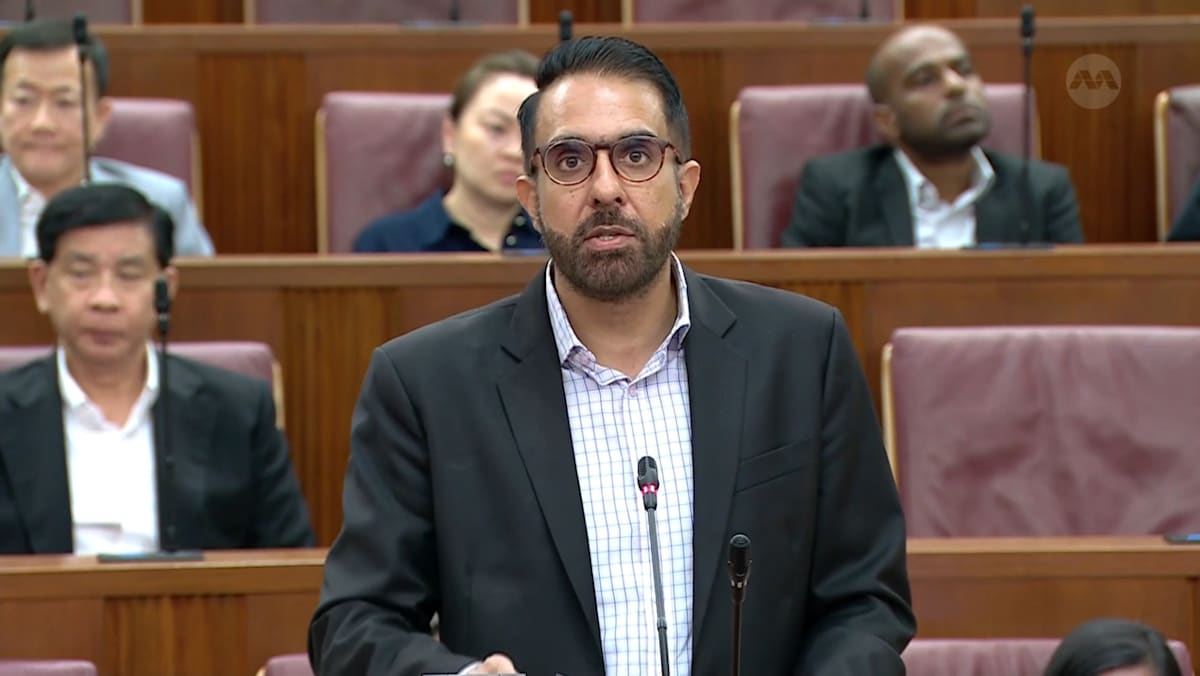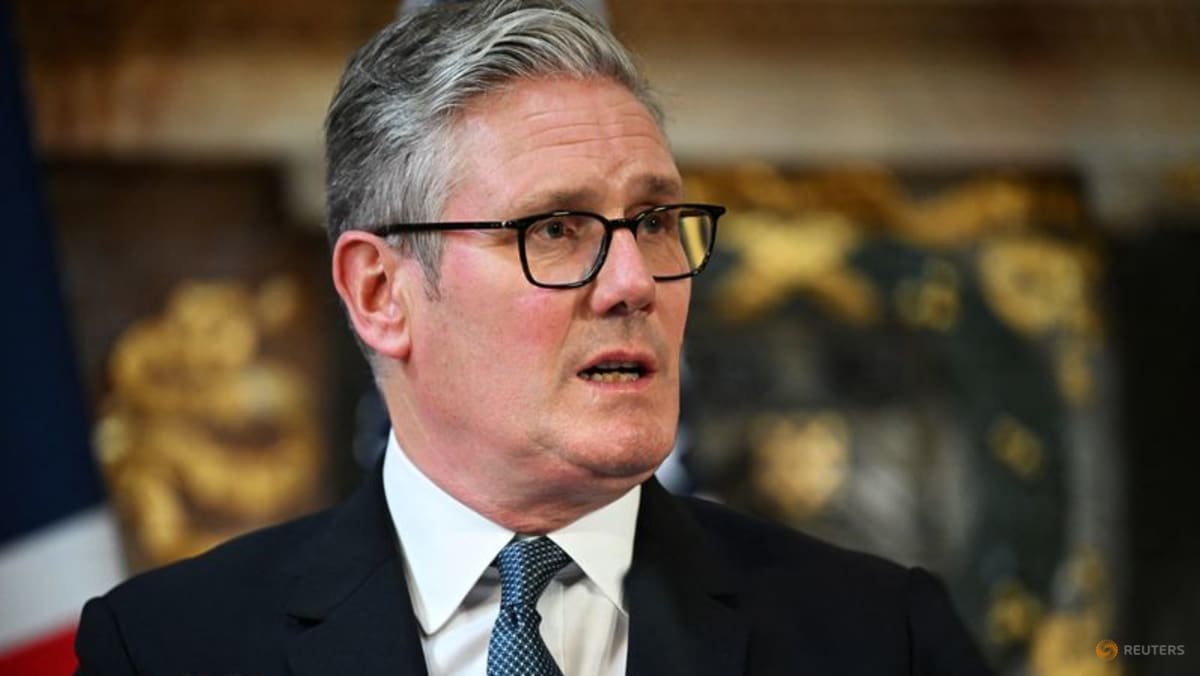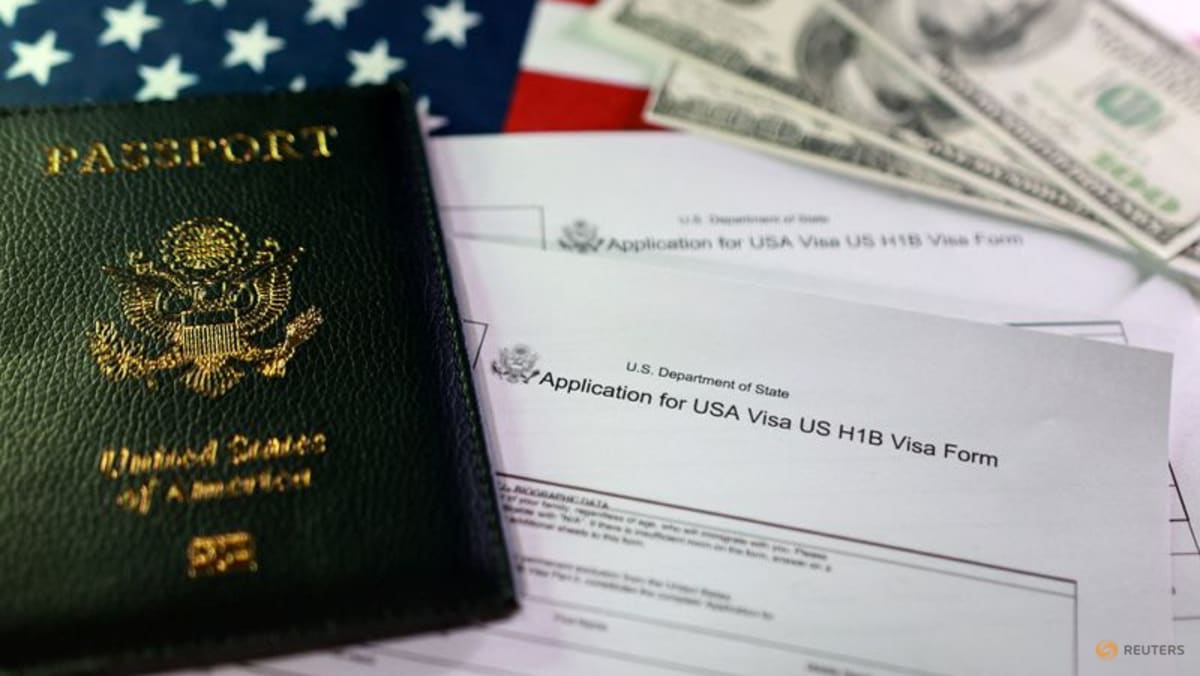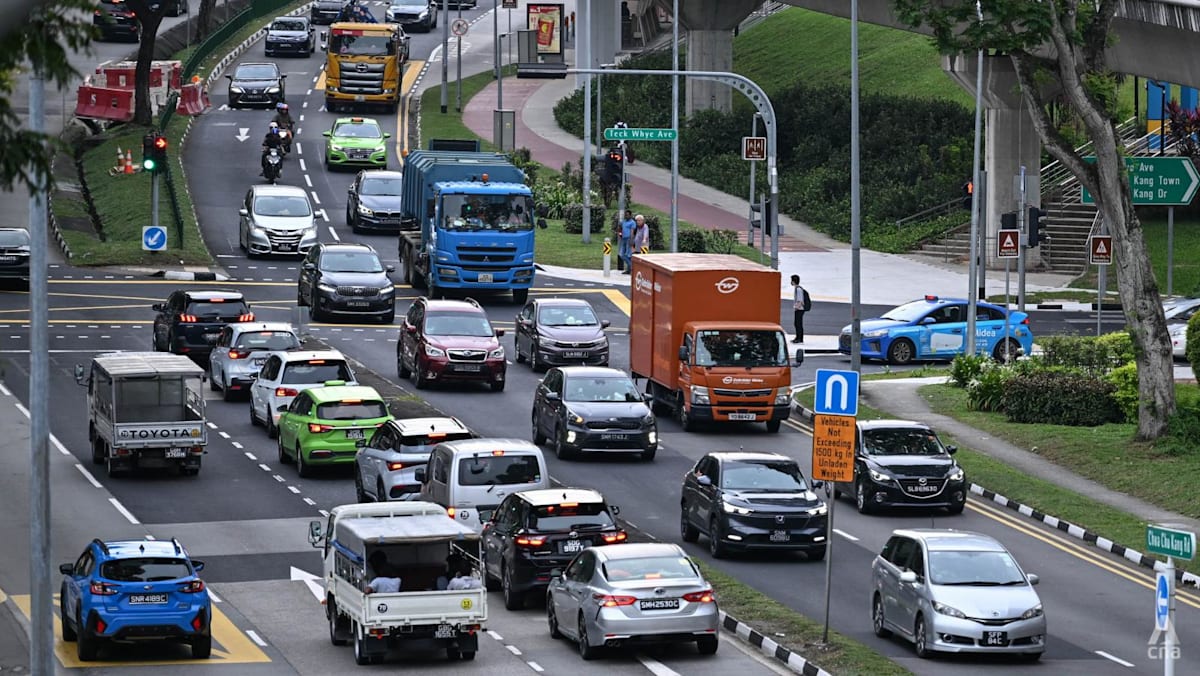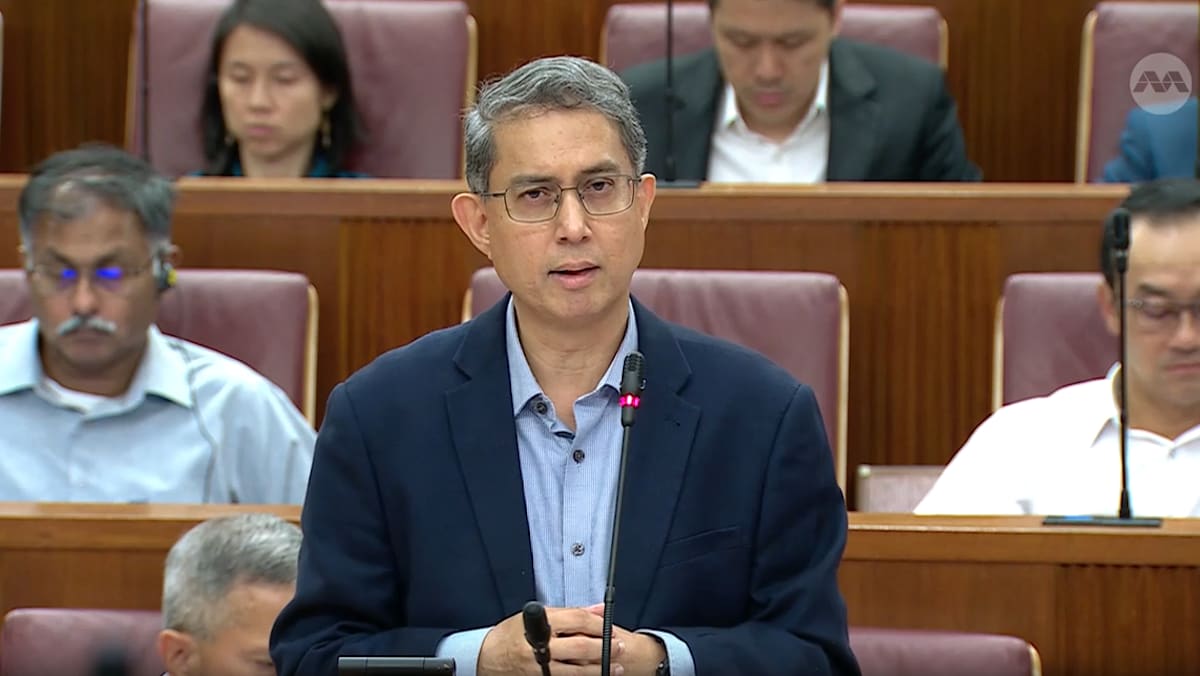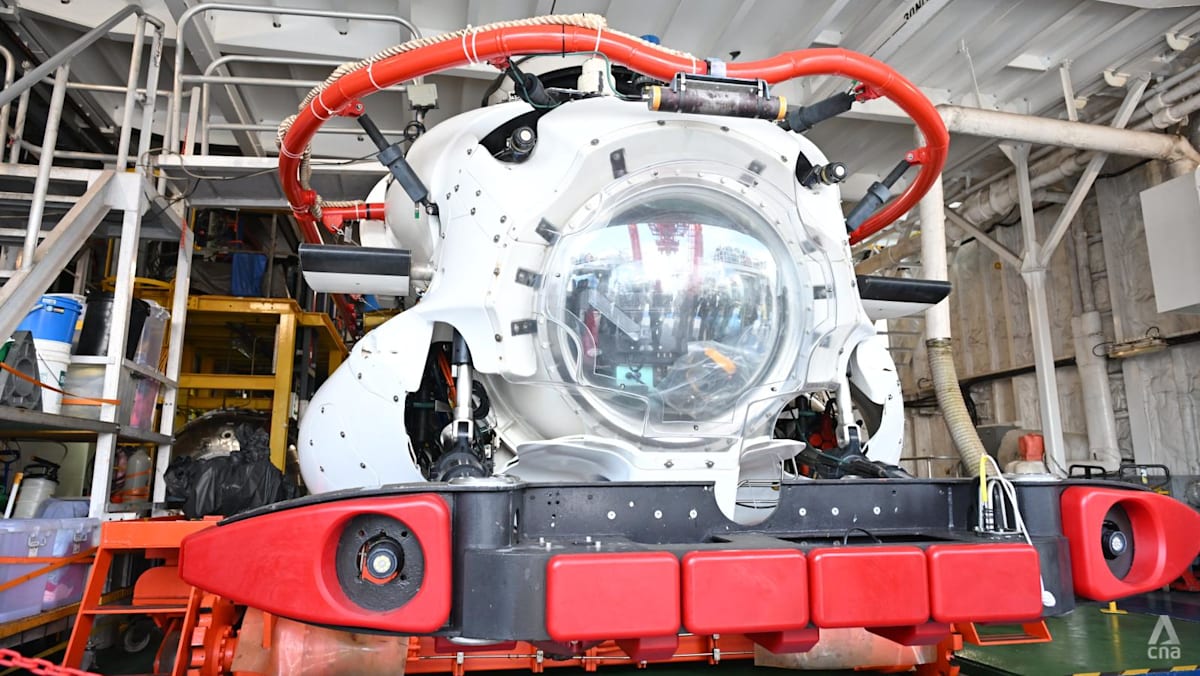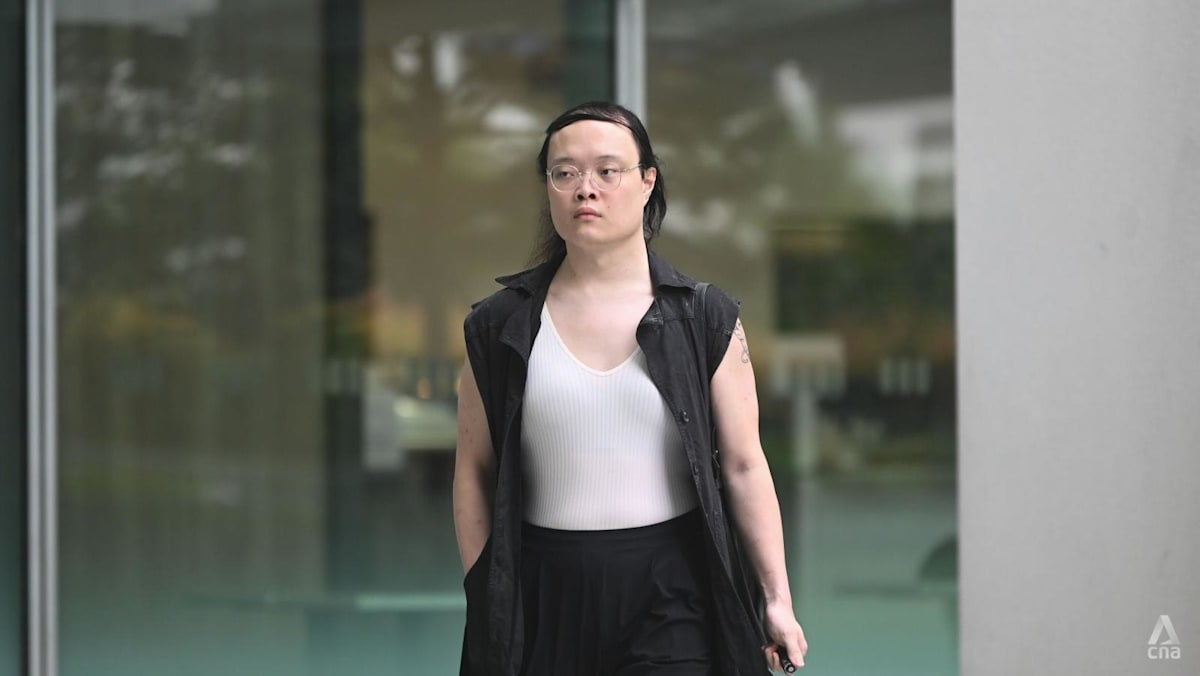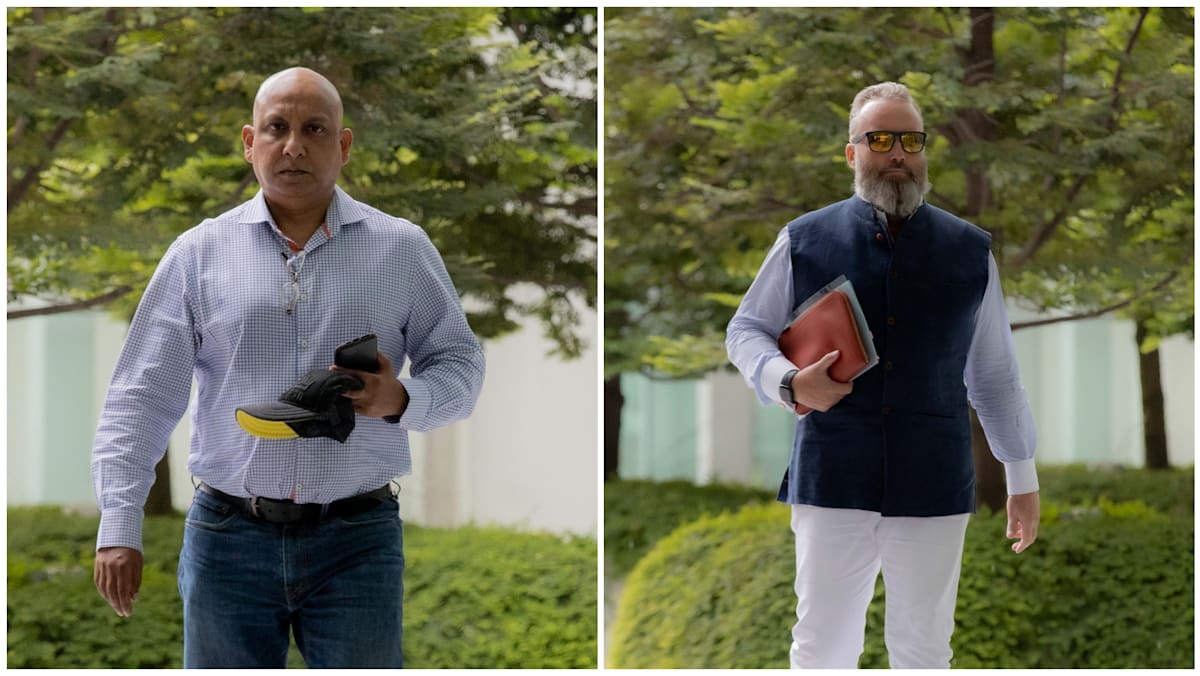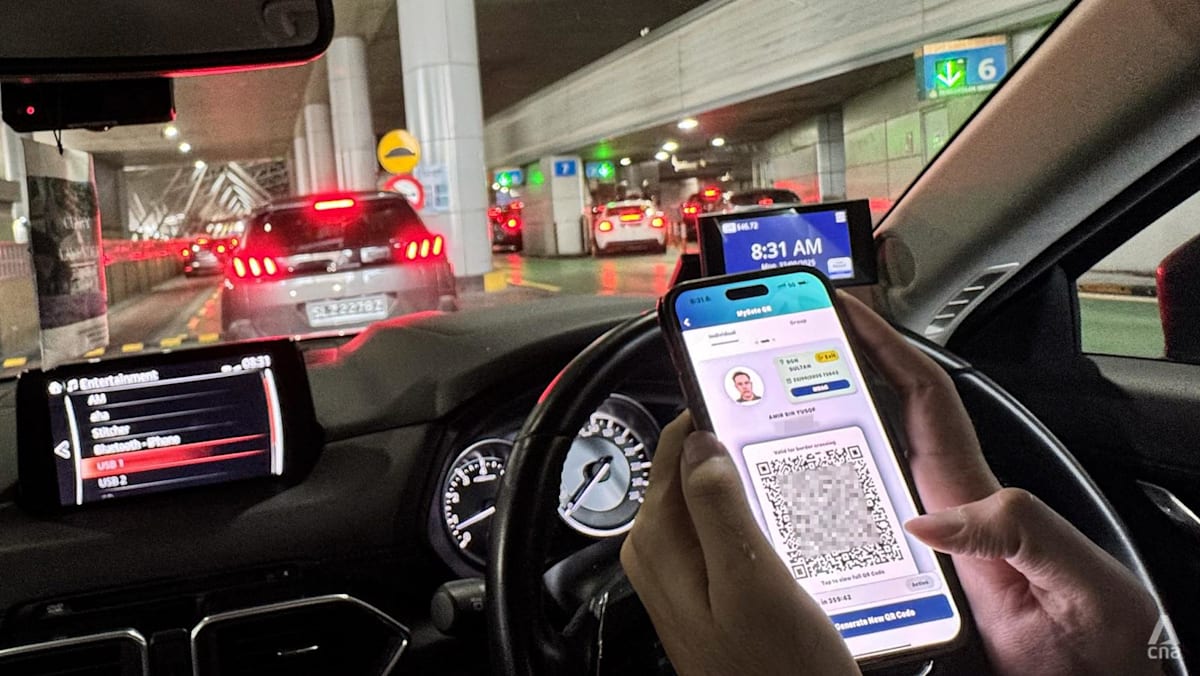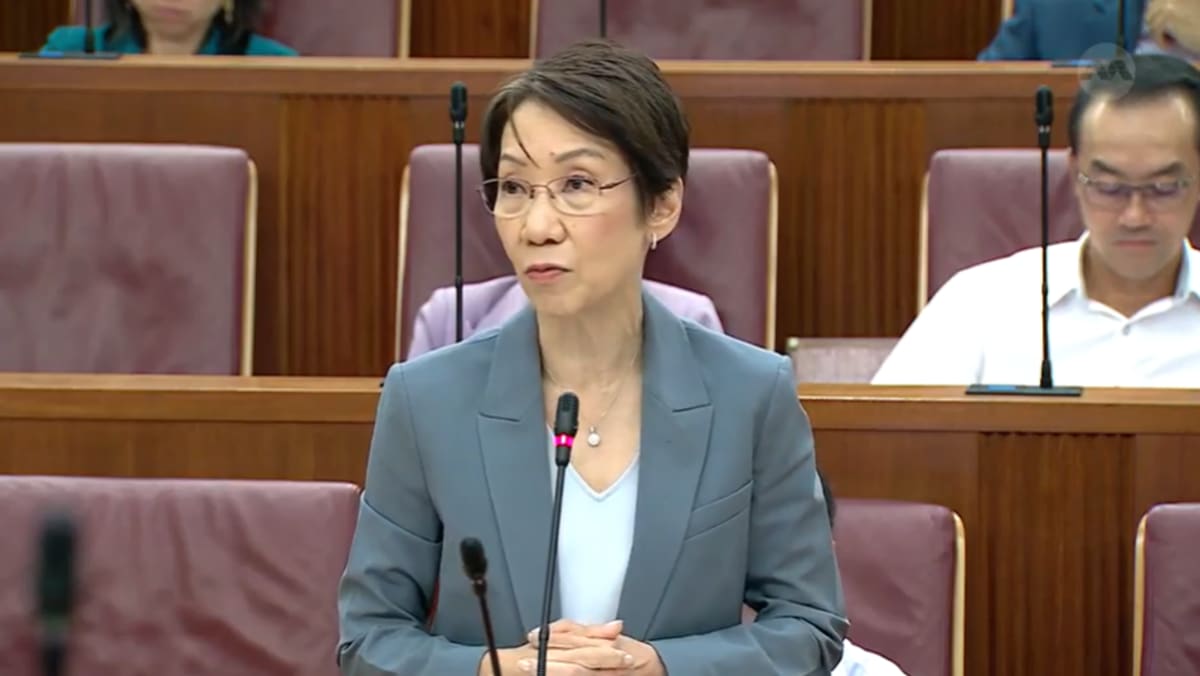COE REVENUES BENEFIT WIDER PUBLIC: SIOW
It is ultimately difficult to make a case for COE subsidies for some families, said Mr Siow.
Rather than give one family a substantial COE subsidy, the same amount of subsidy can be redistributed to benefit many more families, including those who do not want to or are not able to have a car, he said.
“For example, we can give many more families credits to be used for transport services, as we have done with the Large Families Scheme, or to defray other expenditures, through cash or with vouchers,” he said.
He acknowledged that COE prices have risen over the recent months, with more potential car buyers feeling priced out.
Earlier this month, Category A COE prices hit a record S$119,003 (US$93,171).
The government has sought to stabilise supply by bringing forward future quotas and injecting up to 20,000 COEs. But cheaper Chinese-made electric vehicles entering the market have added pressure on bids.
Ultimately, Mr Siow said, the priority is to expand connectivity for all Singaporeans through investments in public transport.
For instance, S$2 billion is spent on operational subsidies to keep bus and train services running each year.
The COE system needs to be seen in a wider context, Mr Siow said.
“A needs-based system for the COE sounds attractive, but in practice it is subjective, divisive, and benefits too few,” he said.
He added that the market mechanism is transparent and allows the government to channel COE revenues to benefit the wider public.
The revenues, which amount to about S$4 billion to S$6 billion a year on average, go towards subsidising public transport, as well as other government expenditures on healthcare, education, and defence, said Mr Siow.
“This is not a perfect system, but it is the fairest and most effective way to allocate a scarce resource in Singapore’s context,” he said.
